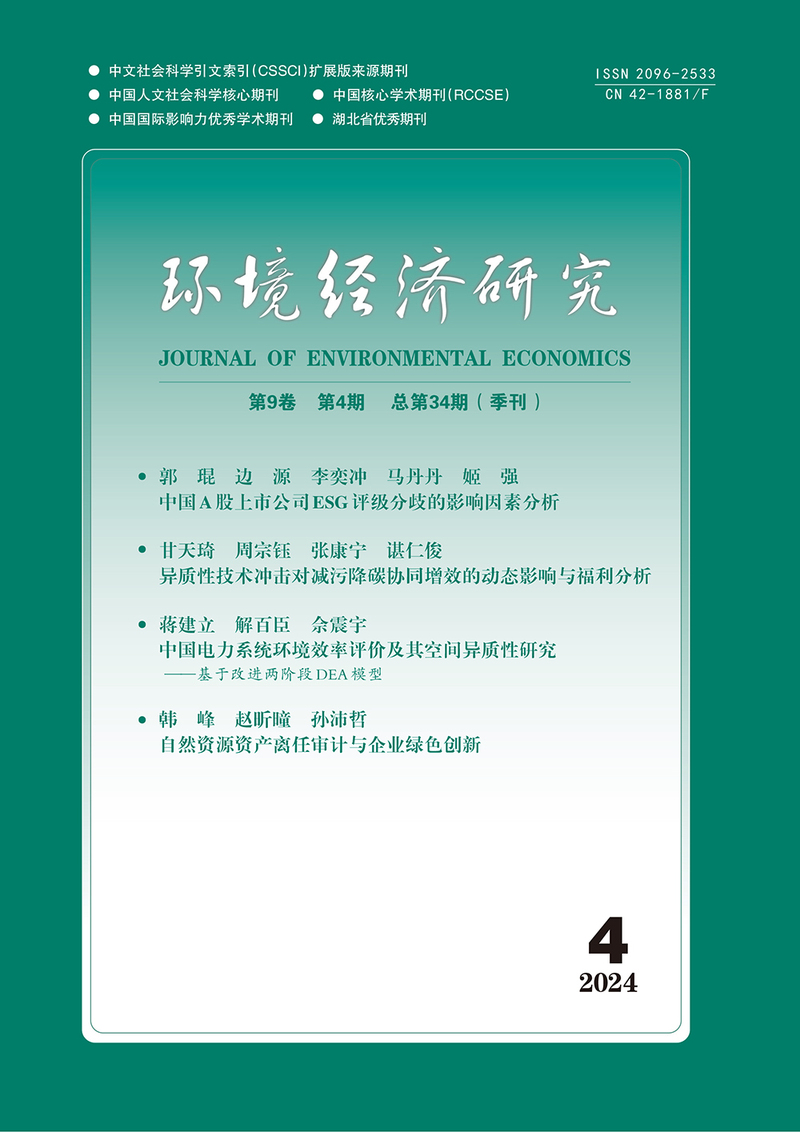City Air Quality Assessment Based on Extended RAM Model
Lu Zhitao, Zhou Peng and Wu Fei
摘要:作为一种重要的环境要素,空气质量的好坏直接关乎环境质量的优劣,并影响着经济发展的成果。因而,如何科学地评价空气质量受到学者的广泛重视。本文基于RAM 拓展模型构建了评估空气质量状况的空气质量指数以及评估空气质量提升空间的空气质量发展指数,并将其应用于我国城市空气质量评价研究。研究结果显示,我国城市空气质量存在明显的区域差异,北方是空气污染重灾区;经济发展会制约城市空气质量提升的潜力,并且经济越发达,制约效应越明显;重灾区城市的空气质量近年来未发生明显变化,且在短时间内很难得到有效改善。本文认为,在治理空气污染时,需要分区域分类别进行整治;在当前空气污染的形势下,可以优先考虑降低各区域首要污染物的浓度水平和污染强度。
关键词 : 城市空气质量, 空气质量指数, 空气质量发展指数, RAM 拓展模型
Abstract: Air is an important kind of environmental element, and its quality is directly related to environmental quality and also affects economic development. How to scientifically evaluate air quality has gained much attention in literature. This paper extends the RAM model to construct an air quality index and an air quality development index, which are further applied to the case of China's city-level air quality assessment. The results show that there are obvious regional differences in urban air quality in China, and the north is the worst performer in air quality. It is also found that economic development will restrict the potential for urban air quality improvement, and the more developed cities suffer from more obvious restriction effects. The air quality of the cities with worst performance has not changed significantly over the years, and it may be difficult to improve air quality effectively in a short period of time. When treating air pollution, we should take different measures in terms of different air pollutants in regions. In the current situation of air pollution, priority should be given to reduce the concentration of major pollutants and pollution intensity regionally.
Keywords: City Air Quality; Air Quality Index; Air Quality Development Index; Extended RAM Model
DOI:10.19511/j.cnki.jee.2017.02.007
